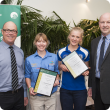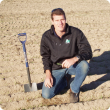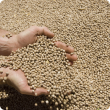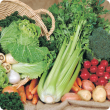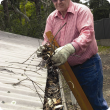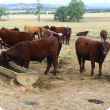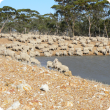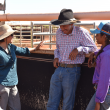Services
Search in Services
Filter services by topic
- (-) Remove Livestock & animals filter Livestock & animals
- (-) Remove Climate, land & water filter Climate, land & water
- Crops (14) Apply Crops filter
- Pests, weeds & diseases (8) Apply Pests, weeds & diseases filter
- Land use (5) Apply Land use filter
- Livestock management (5) Apply Livestock management filter
- Feeding & nutrition (5) Apply Feeding & nutrition filter
- Climate change (5) Apply Climate change filter
- Climate & weather (5) Apply Climate & weather filter
- Biosecurity & quarantine (5) Apply Biosecurity & quarantine filter
- Small landholders in Western Australia (4) Apply Small landholders in Western Australia filter
- Livestock species (2) Apply Livestock species filter
- Livestock biosecurity (2) Apply Livestock biosecurity filter
- Biosecurity (2) Apply Biosecurity filter
- Grains (2) Apply Grains filter
- Production & postharvest (1) Apply Production & postharvest filter
- Poultry & birds (1) Apply Poultry & birds filter
- Measuring and assessing soils (1) Apply Measuring and assessing soils filter
- Soil management (1) Apply Soil management filter
- Soils (1) Apply Soils filter
- Livestock research & development (1) Apply Livestock research & development filter
- Water management (1) Apply Water management filter
- Water (1) Apply Water filter
- Carbon farming (1) Apply Carbon farming filter
- Food, export & investment (1) Apply Food, export & investment filter
- Diseases (1) Apply Diseases filter
- Genetics & selection (1) Apply Genetics & selection filter
- Grains Research & Development (1) Apply Grains Research & Development filter
- Livestock disease surveillance (1) Apply Livestock disease surveillance filter
- Liming (1) Apply Liming filter
- Livestock health & diseases (1) Apply Livestock health & diseases filter

